Pulling a customer base that continually sends revenue through the roof is not an easy feat, especially in highly competitive markets.
Companies grossing billions of US dollars in revenue use some kind of strategic positioning and differentiation to make their products or services appeal to a broad spectrum of audiences.
A common strategy applied by companies seeking to attract a large customer base is the broad differentiation strategy.
We’ll consider this strategy in detail, and also show how companies are utilizing it to achieve a competitive edge.
What Is Broad Differentiation Strategy?

A broad differentiation strategy is a strategy used by companies to appeal to a vast range of customers.
It works by creating unique products and services that will attract a large customer base.
Companies that are successful with this strategy achieve it by being unique enough to have an edge on their competitors but broad enough to appeal to a market of millions or more.
Creating a broad differentiation strategy involves understanding the needs of a large segment of customers, studying the competition, and using your brand’s uniqueness to increase value to customers.
Other Types of Differentiation Strategies

Generally, a differentiation strategy helps companies provide unique products or services to their customers in a way that helps set the brand apart to gain a competitive advantage with a smaller specific group of consumers or with a broader market.
Differentiation strategies can be traced to Porter’s generic strategies for achieving competitive advantage in a market segment.
The four main types as presented by Michael Porter include broad or narrow scopes namely
Cost focus,
Differentiation Leadership,
and Differentiation Focus
These are explained further below:

Focused cost leadership strategy: Companies targets a narrow segment of a market and provide products or services at the lowest prices relative to what competitors offer.
Broad cost leadership strategy: Companies target a broad market by offering products at prices below their competitors. Amazon is a good example of this strategy. The company eliminates every non-essential that might potentially increase the cost of production so it can offer lower prices.
Focused differentiation strategy: Brands appeal to a narrow (focused) audience by being more relevant and specific to a certain segment of the market than broader-based competitors.
Broad differentiation strategy: Companies target a large market segment, often in their millions using unique product characteristics to gain competitive advantage.
Broad strategies generally target “the masses” while focused strategies are directed towards a niche market, sometimes a tiny fraction of a bigger market.
PRO Brand Strategy BluePrint
Build Brands Like A Pro Brand Strategist

How To Create A Broad Differentiation Strategy

As a company, the decision is yours to determine how you want to stand out in a large market and how you want to meet the needs of consumers differently. Here’s a general guide to help you when creating a broad differentiation strategy for your brand or product.
Explore Brand Strategy
Programs & Tools
#1. Determine The Differentiator

As a brand or business, one of the things you should know like the back of your hand is what sets you apart from other brands. You shouldn’t be in a market without bringing a unique value.
Therefore, you have to decide what you want to be known for in the market.
This will require evaluating your business’ purpose and mission as well as your driving goals and objectives.
Start by highlighting the things that are most important to you and your business and the areas your business has succeeded the most in the past.
Review your areas of expertise, analyze your brand’s core strengths and weaknesses and those of the products or services you offer.
#2. Research Your Target Audience
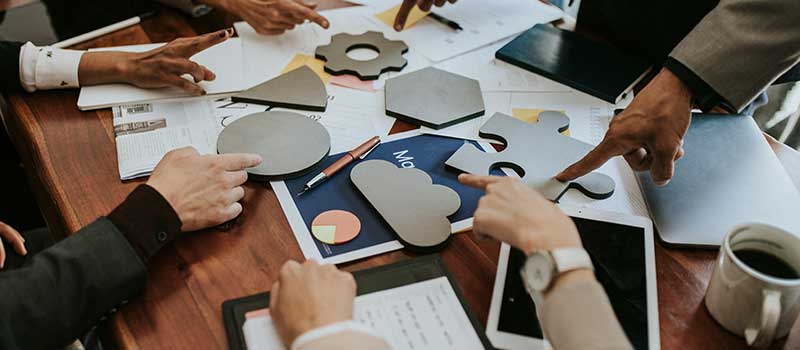
You can’t achieve a competitive edge even when you chose to be different without applying those differences to meet specific customer needs.
By researching your market, you will understand their requirements and also find the most appropriate ways to communicate with them.
To gather the information you need, send out surveys to your recent customers and ask them questions that will give you an accurate idea of their preferences in terms of product or service features they are looking for.
#3. Develop Differentiators

Next thing is to develop differentiators that can’t be easily copied by your competitors. Such will be special product characteristics that are entirely unique in value to the consumers.
Your differentiation may come in your brand’s story, brand image and reputation, product pricing, customer relationship, product features, product innovation, product attributes and qualities, packaging, distribution, and more.
#4. Write Your Value Statement

Once you create a list of differentiators, select three to five that you think are most important to your customers based on your survey findings.
Use the most essential characteristics you have identified to develop a positioning statement that will specifically highlight the problems your product solves for the customer, the value it provides, the benefits to the customer, and while they should choose you over your competitors.
#5. Tell The Story

Storytelling is one of the most important tools in marketing. By creating a compelling story around your brand’s uniqueness, you can build customer loyalty.
Create a story around your business vision, mission, and values.
Craft an overall story that sets you apart from the competition and draws your target audience to your brand.
#6. Implement Your Strategy

Begin to implement your plan and monitor your results.
Take note of how your customers are reacting to the changes you’re introducing.
Set up some key performance indicators and metrics to measure the outcomes you’re getting and determine success. As you get results, you can continue to review, adjust, and iterate your strategy accordingly.
Utilize different channels such as your company’s website and social media platforms. In presenting your products or services on your website, wrap some storytelling around it.
Don’t just display items and prices.
On social media, create ongoing short posts and other forms of content to continually engage with customers. You can also organize specialized events, workshops and webinars to reach your audience with storytelling.
5 Remarkable Broad Differentiation Strategy Examples

There are several companies out there implementing a broad differentiation strategy, however, the ones below look remarkable to share.
#1. Costco

Costco, an American multinational corporation operates membership-based big box retail stores.
With 65 million members, it’s the world’s largest retailer of specific products such as organic food, rotisserie chicken, and prime beef. It’s the second-largest food retailer after Walmart and the fifth largest world retailer.
However, the broad strategy is more revealed in the membership program with a wide range of benefits including cashback, household (family) cards, and reduced prices on products.
With an annual fee as low as $60, members can purchase products in Costco warehouses worldwide as well as their other business centres such as the travel services, website, and gas stations.

Costco also provides a food court (a seating area) in most of their locations. They offer low-priced menus in the food courts to attract customers and encourage them to stay within the store when they visit.
#2. Zalando

Sometimes the differentiation strategy is not in the product or service features but in product delivery and customer service.
Such is the story of Zalando, an e-commerce company based in Germany and Europe’s biggest online retailer of clothing and accessories.
Zalando beats thousands of its competitors in the industry by providing superb delivery and returns services. Unlike other retailers that only accept returns within a shorter period, Zalando offers a 100 days free return policy.
Apart from this, the company also offers to pick up the items from customers’ homes, making things more convenient.
In recent times, the company has also developed its design standards and invested in new recycling technologies while also transitioning towards a platform business model.
At the end of the third quarter of 2021, Zalando has grown its customer base to 46.3 million with an average of 5.1 orders per customer.
#3. Nintendo Wii

With over 101 million total lifetime sales, the Wii is a leader in the next-gen video games consoles industry. It’s ahead of other top next-gen systems like Microsoft Xbox 360 and Sony PS3.
Wii’s broad strategy is to target non-hardcore video gamers.
Rather than focusing on beating Microsoft Xbox’s and Sony PS3’s computational graphics and power, Wii uses novel gameplay to target a broader demographic of players. This makes it a video game of choice for families with kids. As of 2021, Wii is the sixth best-selling home console of all time according to Statista.
#4. Whole Foods
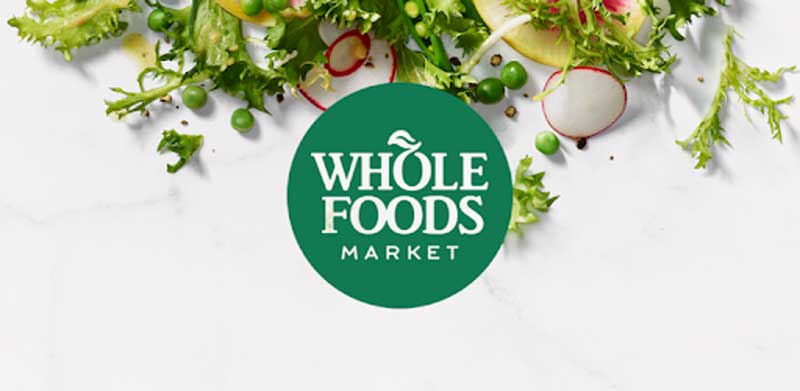
Whole Foods positions itself as the best source for healthiest, natural, and organic foods. It targets individuals and families that are earning above the national average income, manage a healthy lifestyle, and are conscious of their environment.
However, it also targets consumers that prefer high-end and expensive options.
In 2017, 58.9% of polled US consumers have shopped at Whole Foods, and 20% of Americans aged 18 – 29 said they bought most of their groceries at Whole Foods Market in 2018. In 2020, Whole Foods posted an annual net income of $21.33 billion.
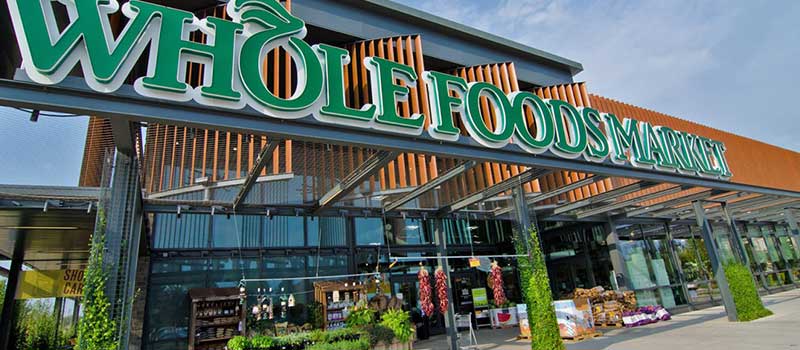
What sets Whole Foods apart from its competitors like Fresh Market and Trader Joe’s is not only about the quality of their groceries but their storytelling ability as well.
The company uses content marketing and thought leadership to attract new customers, and that’s uncommon with consumer packaged goods (CPG) manufacturers.
By mixing traditional marketing with inbound marketing, they show consumers the “why” of their products in terms of health benefits and wholesomeness.
The company has also positioned itself as sustainability branded, getting rid of plastic bags since 2008 among other practices.
#5. Apple
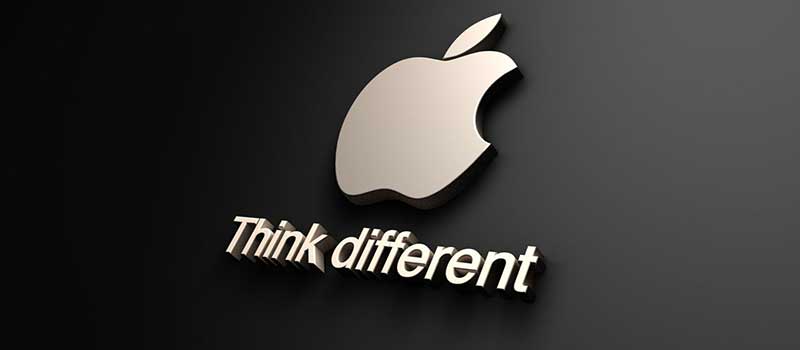
Companies like Apple focus on building products of higher value and prestige for the masses.
Apple develops innovative products such as computers, phones, mobile devices, and associated software products using elegant designs and creating outstanding user experiences.
These are made available to a broad market segment at premium prices.
Benefits of Broad Differentiation Strategy
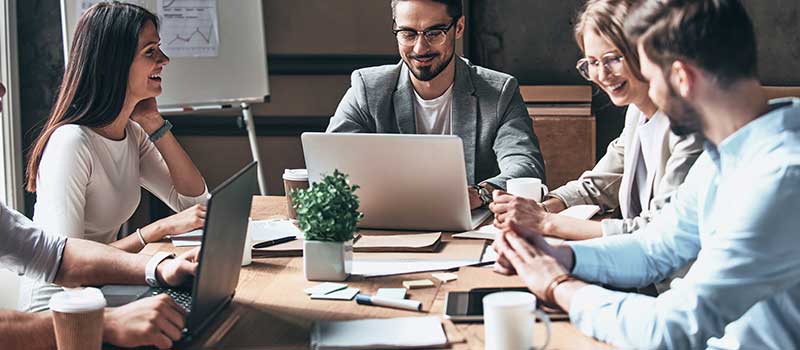
Here’s how implementing a broad different strategy can help turn things around for your company.
Reduction in Price Competition

Without the broad strategy, your company will only be left to compete in terms of price when a competitor’s products are cheaper than yours.
This may lead to reduced profit margins and losses.
However, with this strategy, your company can now focus on providing higher values against lower pricing.
If a consumer can have the feeling that your product or offering resonates with their needs more, they won’t mind paying more to get yours.
Creation of Unique Products

The product differentiation strategy can push your company further to build products based on authenticity and uniqueness and use that as the main selling point to customers.
Apart from the products, the marketing and messaging that companies use to showcase their uniqueness can help to draw in new customers as well.
Better Profit Margins

When you focus on offering differentiated products and services, you can relax a bit on the price war and focus more on creating the value that can earn you higher profit margins on sales.
Increased Brand Loyalty
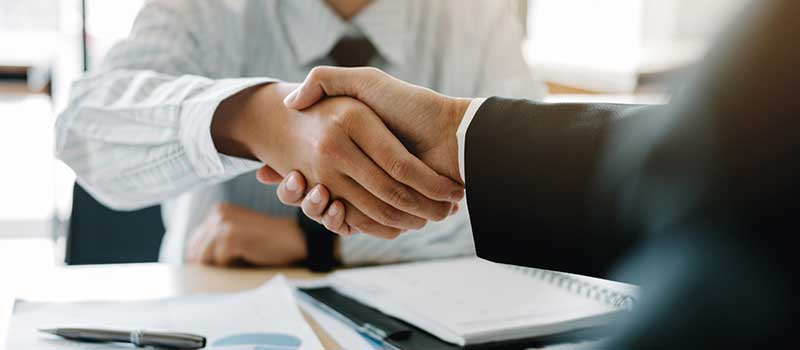
If you maintain a perceived quality for your products over a long time, you will soon have a reputation with customers, and that increases brand loyalty.
Reduced Competition

Differentiation also ensures that there are no perceived substitutes for your products in the market.
It’s not that there won’t be companies offering similar products but none can offer customers the same unique features and value that your product offers.
Clarity In Marketing

One of the brainers in marketing is creating the right messaging to convince consumers to prefer your products.
However, differentiation means you’ll have a clearer and more concise story to tell and tell it in ways that will convince target customers.
Over To You
The broad differentiation strategy is what you need if you want to be distinct enough to achieve a competitive edge in your market and broad enough to attract millions of customers and more.
It’s a required addition to your bucket list of strategic management techniques that you can use for specific products in your line or for your entire brand.
When effectively deployed, the strategy can pretty much turn things around for your company or brand.
On-Demand Digital Program
Brand Master Secrets
Make the transition from hired-gun to highly valued brand strategist in less than 30 days. The systems, frameworks and tools inside this comprehensive program are all you need to level up.








